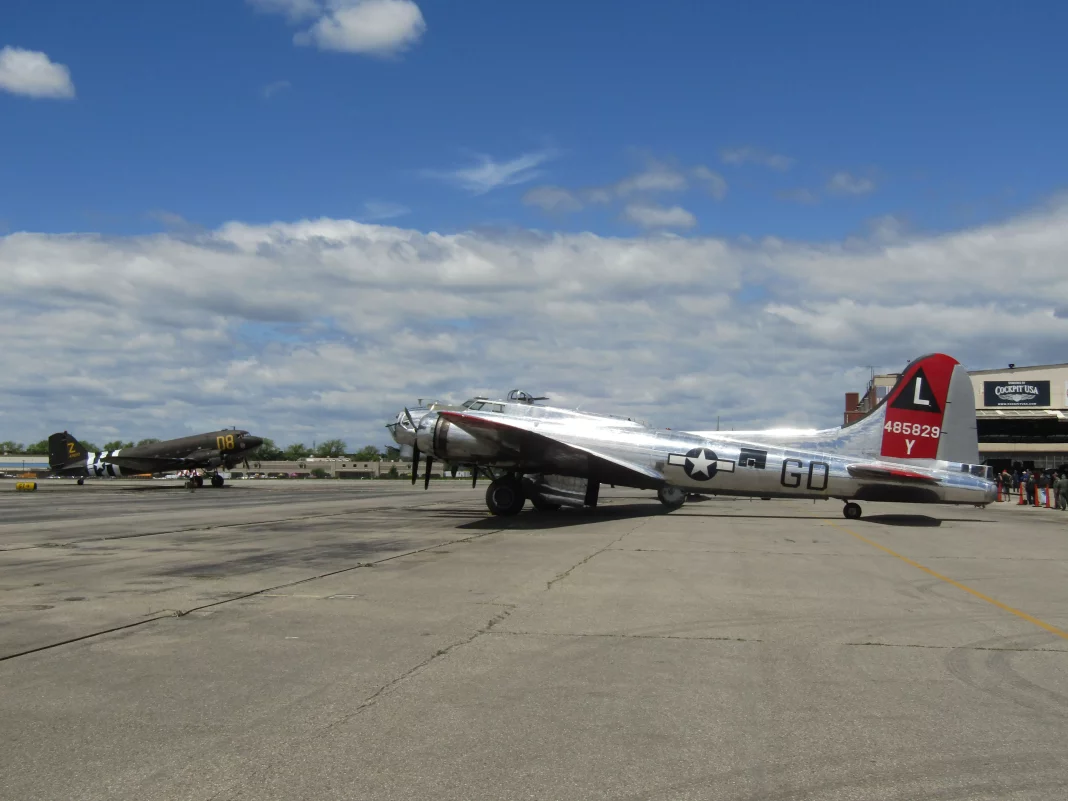By Hemal Gosai
The U.S. Government has been known to explore any and all ideas that would give them a tactical advantage during wartime. Some of these ideas are very outside the box, to say the least.
One such idea was Project Pigeon. This was an initiative to develop a pigeon-controlled guided bomb, and it started in the 1940s by Burrhus Federic Skinner, an American experimental psychologist.
The rationale behind this was to develop next generation bombing technology that would replace the ‘stupid’ bombs that were currently being used at the time during World War II. These ‘stupid’ bombs were considered stupid because there was no way of controlling these bombs once dropped. A heavy wind could alter the path of the bomb, or the pilot could’ve just had bad aim.
One initial idea was to develop a glider that would carry a thousand-pound warhead and a television camera to broadcast images to someone on the ground to who would steer the bomb. However, this was unsuccessful given significant limitations in tv broadcast capabilities at the time.
This is where Skinner came in. He had the ingenious idea to put pigeons inside these warhead-carrying gliders to steer.
Skinner got hold of your regular garden-variety pigeons and trained them to peck at an image of a ship placed in front of them. Every time the pigeons pecked at the ship correctly they were given a reward. Through continuous training, Skinner was able to train pigeons to peck 10,000 times in 45 minutes without stopping.
Pigeons had an electrode attached to their beaks and were placed in a compartment within the glider that had a conductive screen and lens which would project an image of the ground on the screen.
When launched, the screens would display the target below and the pigeons would begin madly pecking at the target projected onto the conductive screen. These were then converted into signals that were relayed to a guidance system on the glider which would result in course adjustments based on where the pigeons were pecking.
It was reported that the system worked perfectly when using live pigeons and actual combat footage projected onto the screen.
This system was never put into use during World War II. The military and National Bureau of Standards were for some reason hesitant about handing over the reigns to guide thousand-pound bombs in combat zones to pigeons.
Many feel the project was cut short due to many in government and military leadership being unwilling to accept such an outside-the-box approach. To try to lessen concerns of officials, Skinner reportedly added two pigeon co-pilots bring the pigeon pilot staffing count to three. Three pigeons would steer the bomb with at least two pigeons needing to peck at the same image to steer the bomb.
Multiple pigeon pilots did little to persuade military officials, and the project remained cancelled. The military ultimately did develop other technological guidance systems.
However, the work put into Project Pigeon is not entirely lost. The conductive touchscreen that the pigeons pecked at is a very early precursor to capacitive touchscreen technology that is near ubiquitous in cell phones and other touchscreens today.
[ad_2]
Source link


